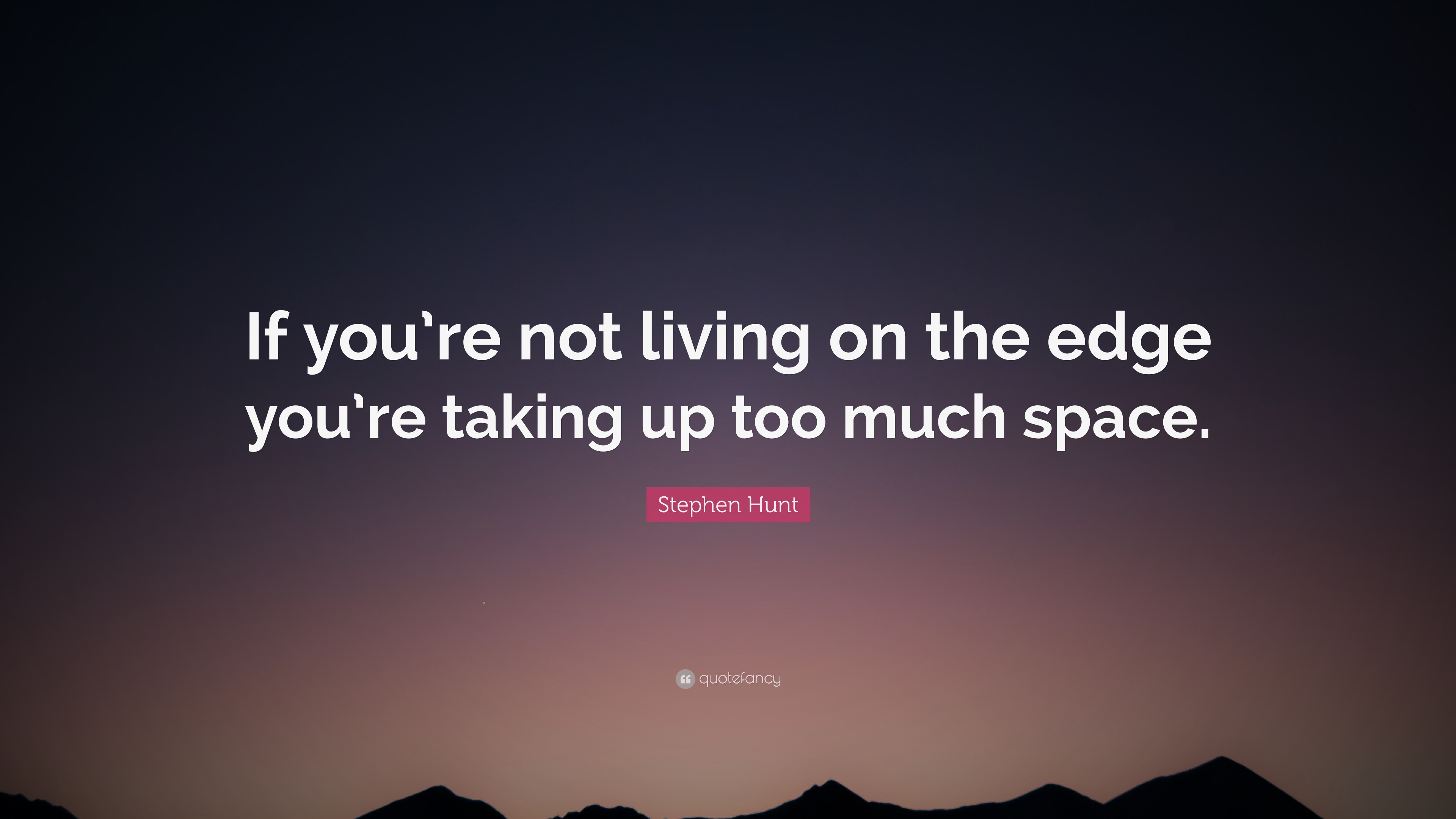


The film had to be made, and it needed fresh faces, bereft of image or trappings of stardom.Ī huge credit to Mukesh Chhabra, who has a huge role to play in my filmography since Shahid.Ĭasting is a process I really enjoy. I worked on the story during Chhalaang and always knew that it would be a return to my indie roots. That was the challenge and joy of making this film. Tell us about the process of casting in this film. IMAGE: Aditya Rawal and Zahan Kapoor in Faraaz.įaraaz has a lot of young new actors in it. Writers Raghav Kakkar and Kashyap Kapoor ( who co-wrote the film with Ritesh Shah), Cinematographer Pratham Mehta, Sound Designer Mandar Kulkarni, Editor Amitesh Mukherjee, Co-producers Sahil, Maz and Sakshi - all of them have given their blood and sweat to make this film happen.Īnd of course, Anubhav Sinha, one of my oldest friends in the industry, who backed me in telling this story the way I wanted to. I have made so many new friends in this journey and found some of the most exciting colleagues that I'm proud to introduce through the film. Which of your films have given you the most creative satisfaction?Īlmost every film Shahid onwards has been immensely satisfying, in terms of process and outcome, save a couple that I need not name.īut even those I own for all their flaws, failures, deficiencies and redeeming qualities. It's time to explore new stories and characters, and finish the post-production for the exciting things that we shot for over the past 18 months. It was a challenge to pull off, a tough journey, but creatively, a very satisfying one.Īs Rajkummar Rao told me after watching the film, the trilogy is complete now. Where do you see Faraaz positioned in your creative ambit? I consider Faraaz to be a part of your trilogy on the dynamics of terrorism, after Shahid and Omerta.


 0 kommentar(er)
0 kommentar(er)
